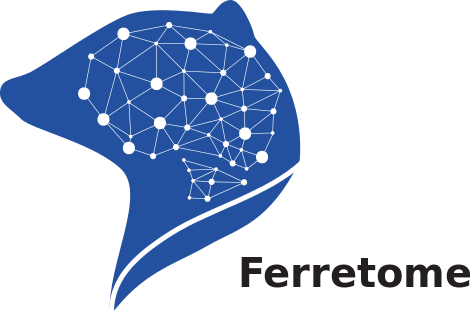Edit literature details
* First time you log in, please close the new tab and click on again.
Literature details:
| Authors list |
Zhang Mengliang Liu Yi Broman Jonas |
| Title | Organization of the ferret lateral cervical nucleus and cervicothalamic tract |
| Year | 2002 |
| Journal | Somatosensory & Motor Research |
| Number Or Chapter | 19(1) |
| Page Number | 36-48 |
| Abstract | To elucidate the organization of the ferret spinocervicothalamic pathway (SCTP), we examined the lateral cervical nucleus (LCN) and the termination of the cervicothalamic tract (CTT) in this species. In thionin-stained sections, the ferret LCN appeared as an easily delineated column of cells in the dorsolateral funiculus from about mid-C3 to the rostra end of C1, with most cells located in the C1 and C2 segments. In transverse sections, the LCN wa s elongated along a dorsolateral to ventromedial axis and in the rostral half of C2 and caudal half of C1 continuous with the neck of the dorsal horn. The number of ferret LCN cells was estimated to 2,500± 3,700, with an average of 3,340. Substance P-like immunoreactive fibers located preferentially in the ventromedial part of the LCN, whereas serotonin-like immunoreactive fibers were found throughout the nucleus. Anterograde transport of wheat germ agglutinin ± horseradish peroxidase conjugate and biotinylated dextran amine demonstrated that the ferret CTT terminates extensively in the peripheral parts of the ventral posterior lateral nucleus. Sparser termination was evident in the ventral posterior inferior nucleus, in the medial nucleus of the posterior complex, and in the medial part of the magnocellular medial geniculate nucleus. Thus, although the LCN is significantly smaller in ferrets than in cats and raccoons, the organization of the LCN and of the cervicothalamic tract is closely similar in the three species. These findings indicate aconserved general organization of the SCTP among carnivores. |
| DOI web link | Click here to open in new window |
| PubMed web link | Click here to open in new window |
